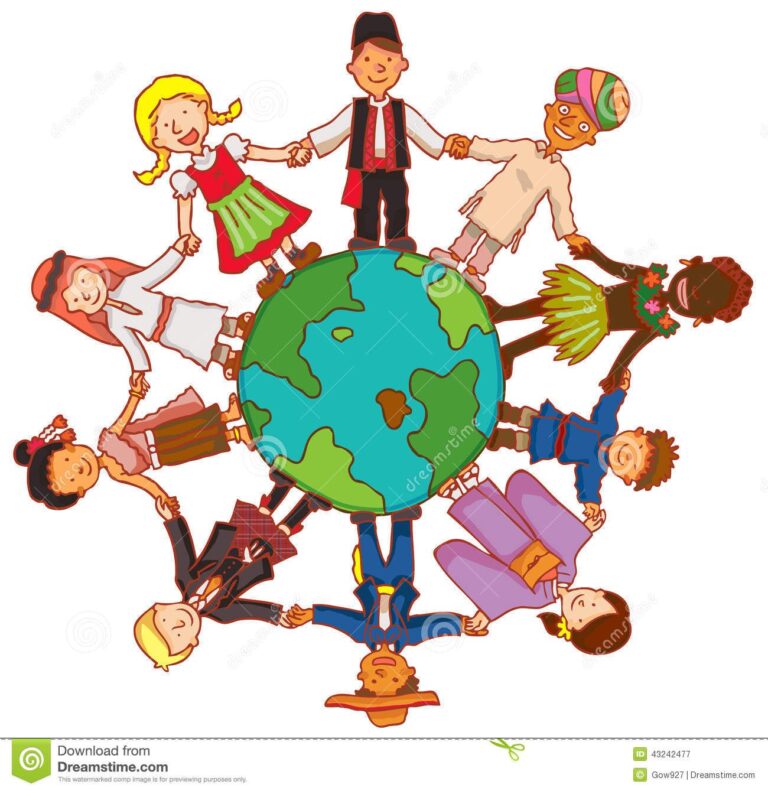In the bustling coronary heart of Africa lies a phrase steeped in culture and wrapped within the heat embody of community: Mamgatoto. It’s not just a term; it’s a cultural cornerstone, a testimony to the richness of adolescent stories in Africa. Join us as we get to the bottom of the elaborate threads of Mamgatoto, exploring its origins, importance, and enduring effect on generations past and gifts.
Unveiling Mamgatoto
To understand Mamgatoto is to dive headfirst into the colorful tapestry of the African way of life. Derived from Swahili, the lingua franca of East Africa, “Mamgatoto” translates to “youth.” But its meaning transcends mere linguistics; it encapsulates the essence of growing up in Africa, in which community, way of life, and storytelling intermingle to create a unique and enriching environment for children.
Roots in Tradition
At the center of Mamgatoto lies a deep-rooted connection to a way of life. In many African communities, youth isn’t always just a section; it’s a sacred journey guided with the aid of the awareness of ancestors and the rhythms of nature.
Community Bonds
Central to the concept of Mamgatoto is the idea of a network. In African societies, elevating an infant is a communal attempt, with neighbors, prolonged family contributors, and elders all playing a vital position in shaping younger minds.
The Power of Storytelling
No exploration of Mamgatoto could be whole without delving into the strength of storytelling. For centuries, African cultures have handed down their rich oral traditions from one technology to the subsequent, weaving stories of bravery, wisdom, and resilience.
Celebrating Diversity
Mamgatoto celebrates this range, embracing the particular traditions and customs of each network at the same time as additionally fostering a sense of cohesion and solidarity amongst all African youngsters.
Challenges and Resilience
Yet, the direction of Mamgatoto isn’t always without its demanding situations. In many components of Africa, children face limitations which include poverty, battle, and disorder that threaten to overshadow their formative years of innocence. But even in the face of adversity, African children showcase notable resilience, drawing electricity from their communities and cultural heritage to triumph over the chances stacked against them.
Looking to the Future
As we replicate the idea of Mamgatoto, we are reminded of the importance of keeping and honoring Africa’s wealthy cultural heritage for future generations. In a swiftly changing international, it is important to guard the traditions and values that have sustained African communities for centuries, ensuring that Mamgatoto continues to serve as a beacon of wish and suggestion for generations to come.
Conclusion
In the tapestry of formative years studies, Mamgatoto stands out as a colorful thread woven with the colors of tradition, community, and resilience. It’s a party of the African way of life and identification, a testament to the enduring spirit of adolescence in the coronary heart of Africa. As we embody the classes of Mamgatoto, let us not forget the phrases of an old African proverb: “It takes a village to raise a toddler.” Indeed, inside the village of Mamgatoto, each child is loved, nurtured, and cherished, making sure that the flame of desire burns brilliantly for generations to come back.
